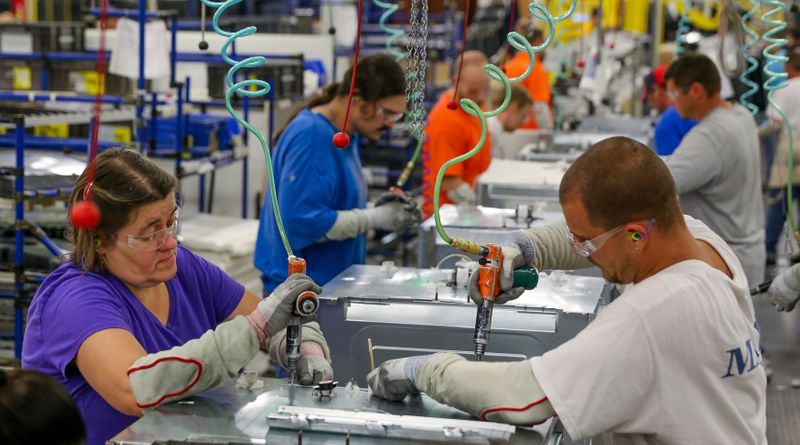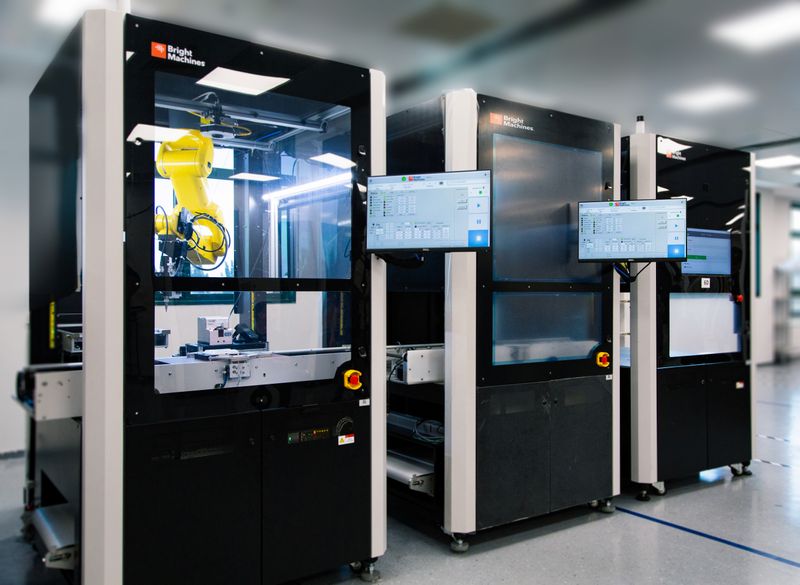WASHINGTON (Reuters) – New orders for U.S.-made goods rose more than expected in December and business spending on equipment was solid, pointing to continued strength in the manufacturing industry in the near term.
The Commerce Department said on Thursday that factory orders increased 1.1% after surging 1.3% in November. Economists polled by Reuters had forecast factory orders gaining 0.7% in December. Orders dropped 6.6% year-on-year.
Manufacturing, which accounts for 11.9% of the U.S. economy, has been driven by strong demand for goods such as electronics and furniture as 23.7% of the labor force works from home because of the COVID-19 pandemic.
But spending on long-lasting manufactured goods declined for a second straight month in December, government data showed last week. The distribution of vaccines to fight the coronavirus is picking up, which is expected to lift spending on services by summer, and slow the manufacturing momentum.
The Institute for Supply Management reported this week that its index of national factory activity slipped in January.
Unfilled orders at factories fell 0.3% in December. Factory goods orders in December were boosted by strong demand for machinery, electrical equipment, appliances and components, as well as primary metals and fabricated metal products.
The Commerce Department also reported that orders for non-defense capital goods excluding aircraft, which are seen as a measure of business spending plans on equipment, increased 0.7% in December instead of 0.6% as reported last month.
Shipments of core capital goods, which are used to calculate business equipment spending in the GDP report, advanced 0.7%. They were previously reported to have gained 0.5% in December.
Business spending on equipment increased robustly for a second straight quarter in the fourth quarter, contributing to the economy’s 4% annualized growth rate during that period.
(Reporting By Lucia Mutikani; Editing by Chizu Nomiyama)



















